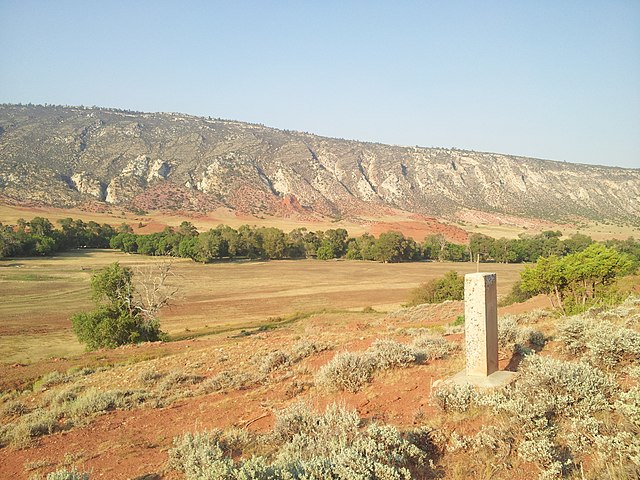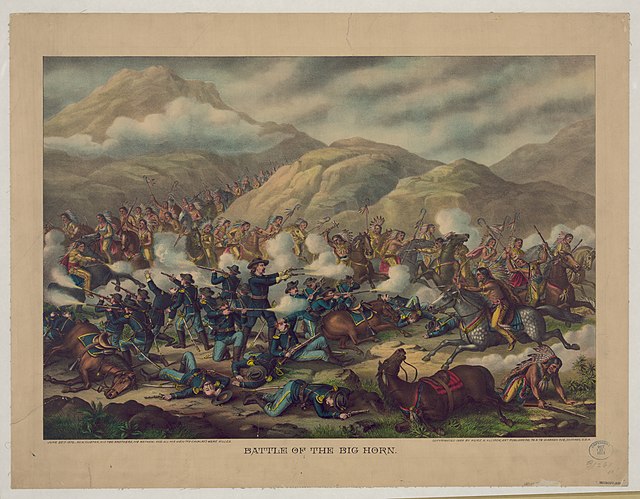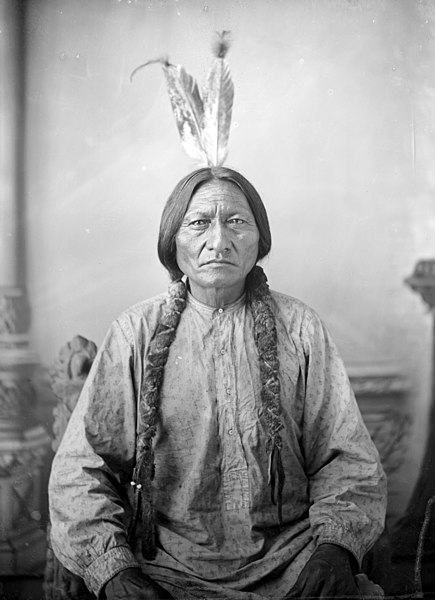The Dull Knife Fight, or the Battle on the Red Fork, part of the Great Sioux War of 1876, was fought on November 25, 1876, in present-day Johnson County, Wyoming between soldiers and scouts of the United States Army and warriors of the Northern Cheyenne. The battle essentially ended the Northern Cheyennes' ability to continue the fight for their freedom on the Great Plains.
Dull Knife Battlefield
The Great Sioux War of 1876, also known as the Black Hills War, was a series of battles and negotiations that occurred in 1876 and 1877 in an alliance of Lakota Sioux and Northern Cheyenne against the United States. The cause of the war was the desire of the US government to obtain ownership of the Black Hills. Gold had been discovered in the Black Hills, settlers began to encroach onto Native American lands, and the Sioux and the Cheyenne refused to cede ownership. Traditionally, American military and historians place the Lakota at the center of the story, especially because of their numbers, but some Native Americans believe the Cheyenne were the primary target of the American campaign.
Custer's last stand at Little Bighorn in the Crow Indian Reservation
Sitting Bull, a Hunkpapa, was one of the principal Sioux leaders.
Lt. Col. George Armstrong Custer was killed at the Battle of the Little Bighorn along with 268 soldiers.
Custer and the last of his men were killed and buried here. The Indian village was on the other side of the line of trees marking the Little Bighorn River. To visit the old battlefield today it is necessary to enter the Crow Indian Reservation – it was exactly the same in 1876.





